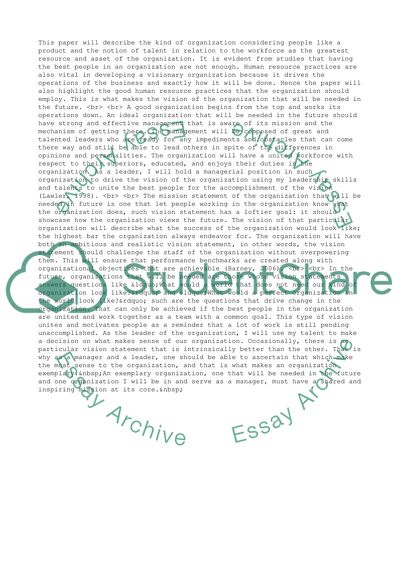Cite this document
(“Vision of the type of organization that will be needed in the future Essay”, n.d.)
Retrieved from https://studentshare.org/business/1398680-vision-paper-vision-of-the-type-of-organization
Retrieved from https://studentshare.org/business/1398680-vision-paper-vision-of-the-type-of-organization
(Vision of the Type of Organization That Will Be Needed in the Future Essay)
https://studentshare.org/business/1398680-vision-paper-vision-of-the-type-of-organization.
https://studentshare.org/business/1398680-vision-paper-vision-of-the-type-of-organization.
“Vision of the Type of Organization That Will Be Needed in the Future Essay”, n.d. https://studentshare.org/business/1398680-vision-paper-vision-of-the-type-of-organization.


